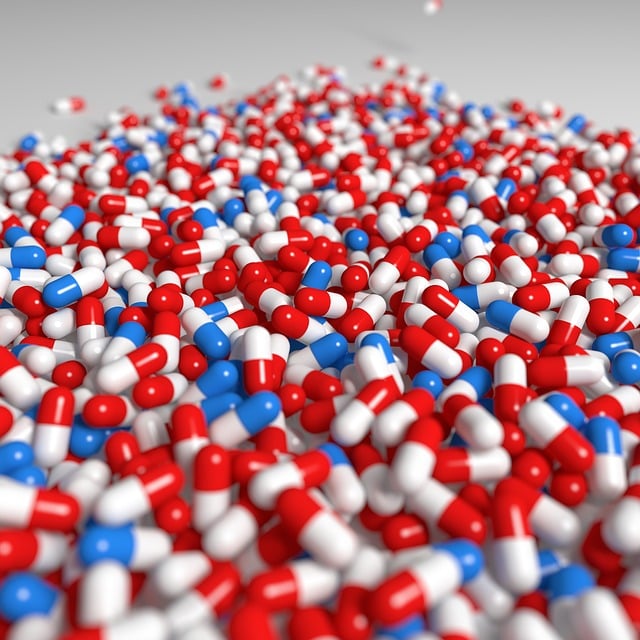DTF (Direct-to-Film) Printing is a cutting-edge technique for high-quality film transfers, offering vibrant colors and precise details by directly applying ink to transparent film. This method streamlines production, enhances image clarity, and facilitates custom art prints and promotional materials. Pre-cooling preparation, safe handling of film transfers, and proper surface and post-removal care are crucial for optimal DTF Printing results. Key benefits include a broad color spectrum, minimal intermediate steps, and suitability for diverse applications from art to industrial marking.
“Unleash the potential of DTF (Direct to Film) printing with this comprehensive guide. DTF transfers, designed for post-cooling removal, offer a revolutionary approach to personalized products. From understanding the core process to mastering safe handling and avoiding common pitfalls, this article covers it all. Discover the art of pre-cooling preparation for exceptional results and explore best practices for post-removal care. Elevate your DTF Printing journey with these insights.”
- Understanding DTF Printing: A Quick Overview
- The Role of Film Transfers in DTF Process
- Pre-Cooling Preparation for Optimal Results
- Safe Handling and Removal Techniques
- Common Mistakes to Avoid During Transfer
- Best Practices for Post-Removal Care
Understanding DTF Printing: A Quick Overview
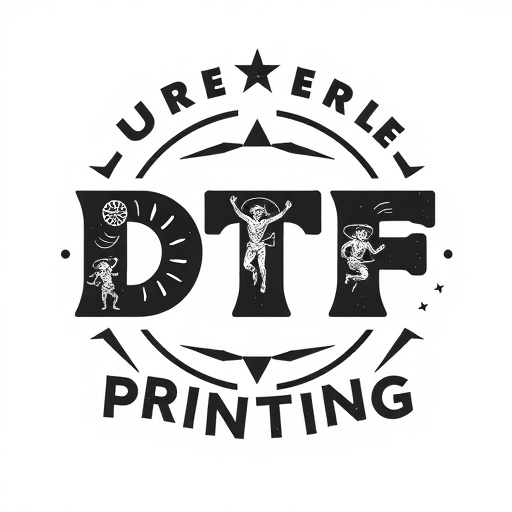
DTF (Direct-to-Film) Printing is a cutting-edge technique revolutionizing the way we approach film transfers. Unlike traditional methods, DTF allows for direct application of ink to a transparent film, enabling precise and vibrant color reproduction. This modern process eliminates the need for intermediate steps, making it an efficient game-changer in the industry. By employing specialized equipment, DTF printing captures intricate details and ensures a high-quality finish when the film is cooled and removed.
This innovative technology offers several advantages, including enhanced image clarity and a wide range of color options. It’s particularly useful for creating custom films, art prints, and even promotional materials. With DTF Printing, professionals can now achieve exceptional results with less effort, making it a popular choice among those seeking top-tier film transfer solutions.
The Role of Film Transfers in DTF Process
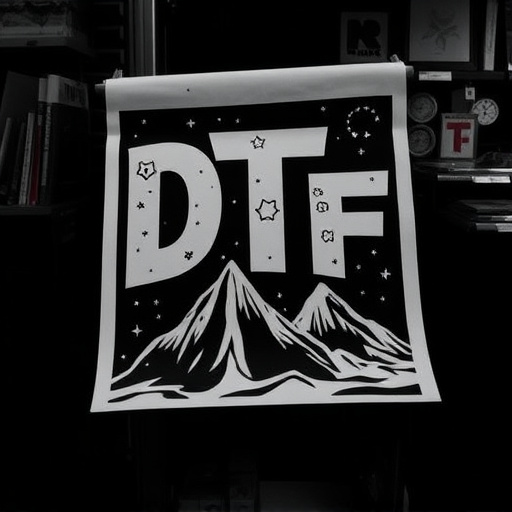
Film transfers play a pivotal role in the Direct to Film (DTF) printing process, enabling high-quality and precise image reproduction. These transfers act as intermediaries between digital data and the physical film medium. By using specialized materials, they facilitate the accurate transfer of digital art or photographs onto various surfaces, including plastic or metal films. This step is crucial for achieving excellent print outcomes, especially in terms of color accuracy and detail retention.
In the DTF process, after the film transfer is applied to the substrate, it undergoes a series of treatments, such as exposure to light and subsequent cooling, to set the image permanently. The transfer acts as a mask, protecting certain areas of the film while exposing others, thus creating the desired print pattern. This technique allows for direct printing without intermediate plates or screens, streamlining the production process and making it suitable for various applications, from art prints to industrial marking.
Pre-Cooling Preparation for Optimal Results
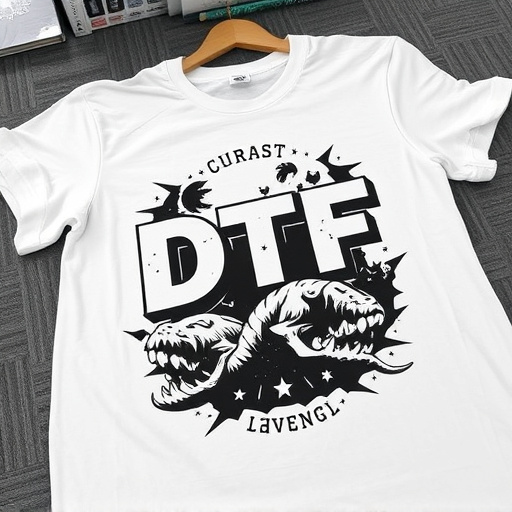
Before initiating the film transfer process, a crucial step in achieving optimal results is the pre-cooling preparation. This involves ensuring that both the donor film and the destination surface are at similar temperatures to prevent warping or distortion during the transfer. For DTF (Direct to Film) Printing, this means acclimating your materials to room temperature before beginning. A sudden change in temperature can cause the film to shrink or curl, leading to imperfect alignments and potential damage.
The ideal preparation includes allowing ample time for both the film and your printing surface to reach equilibrium with their surroundings. This simple step often makes a significant difference in the quality of the final transfer, ensuring crisp details and accurate color representation. Remember, patience is key; take the time to let your materials settle before initiating the cooling process to achieve the best outcomes.
Safe Handling and Removal Techniques

When handling film transfers intended for removal after cooling, it’s crucial to employ safe techniques to avoid damage. Use clean, dry gloves or tools to prevent oils and debris from transferring to the surface, which can cause smudges or even stickiness. Always handle the films gently, avoiding any sudden movements that might stress the material. Proper ventilation is essential; ensure the area is well-ventilated to aid in the cooling process and minimize the risk of hazardous fumes.
For removal, allow the film to cool completely as per manufacturer instructions. Once cooled, slowly peel away the backing carefully, starting from one corner. This gradual approach reduces the chance of tearing or deforming the film. For DTF (Direct to Film) printing materials specifically, consider using a gentle heat source like a hair dryer on a low setting to help loosen the adhesive without causing damage. Always test removal techniques on a small, inconspicuous area first to ensure compatibility with your specific film transfer.
Common Mistakes to Avoid During Transfer
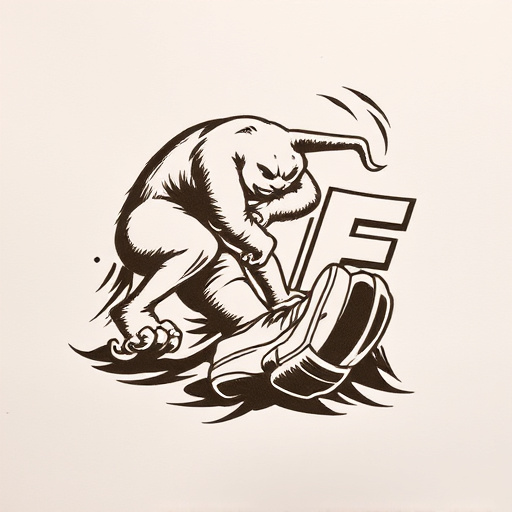
When transferring films for removal after cooling, there are several common mistakes that you should avoid to ensure optimal results in your DTF Printing process. One of the most frequent errors is not properly preparing the surface where the film will be applied. It’s crucial to clean and decontaminate the area to prevent any residue or contaminants from affecting the final print quality. Skipping this step can lead to blurriness, spots, or other aesthetic imperfections in your printout.
Another mistake to steer clear of is improper handling of the film during the transfer process. Films are delicate, and rough handling can cause tearing, creasing, or even complete destruction before the cooling period ends. Always use gentle, precise movements when positioning and securing the film. Additionally, ensure that the film aligns perfectly with the desired surface to avoid misregistration, which can distort colors and create visible lines in your final DTF print.
Best Practices for Post-Removal Care
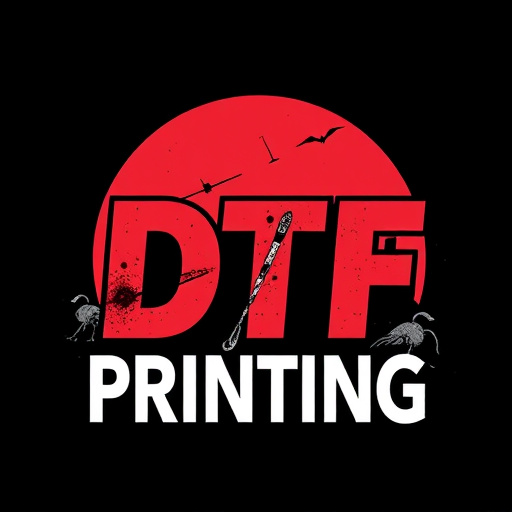
After successfully completing the film transfer process, proper post-removal care is essential to ensure the longevity and quality of your DTF (Direct To Film) prints. The first step is to allow the transferred film to cool down completely before handling it. Once cooled, gently clean the surface with a soft cloth or brush to remove any dust or debris. This delicate cleaning process helps maintain the clarity and detail of the image.
Avoid using harsh chemicals or aggressive cleaning methods that could potentially damage the sensitive emulsion. Additionally, store your DTF prints in a cool, dry place, away from direct sunlight. Proper storage conditions prevent the deterioration of the film and ensure its stability for years to come.


